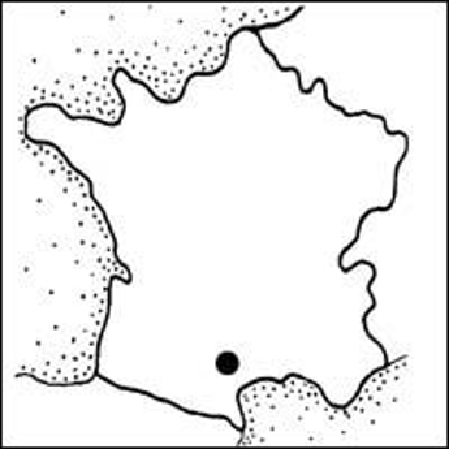Travel Reference
In-Depth Information
Thename
languedoc
comesfromthe
langue
(language)thatitspeoplespoke:
Langue
d'oc
(“languageofOc,”
Oc
forthewaytheysaid“yes”)wasthedialectofsouthernFrance;
langue d'oïl
was the dialect of northern France (where
oïl
later became
oui,
or “yes”).
Languedoc-Roussillon's language faded with its power.
The Moors, Charlemagne, and the Spanish have all called this area home, with the
Roussillon part corresponding closely with its Catalan corner, near the border with Spain.
TheSpanishinfluenceisstill
muy
present,particularlyinthesouth,whererestaurantsserve
paella and the siesta is still respected.
While sharing many of the same attributes as Provence (climate, wind, grapes, and
sea), this sunny, intoxicating, southwesternmost region of France is allocated little time
by most travelers. Lacking Provence's cachet and sophistication, Languedoc-Roussillon
(long-dohk roo-see-yohn) feels more real. Pay homage to Henri de Toulouse-Lautrec in
Albi; spend anight inEurope'sgreatest fortress city,Carcassonne; scamper uptoaremote
Cathar castle; and sift through sand in Collioure. That wind you feel is called
la tramont-
ane
(trah-mohn-tahn-yuh), this region's version of Provence's mistral wind.

